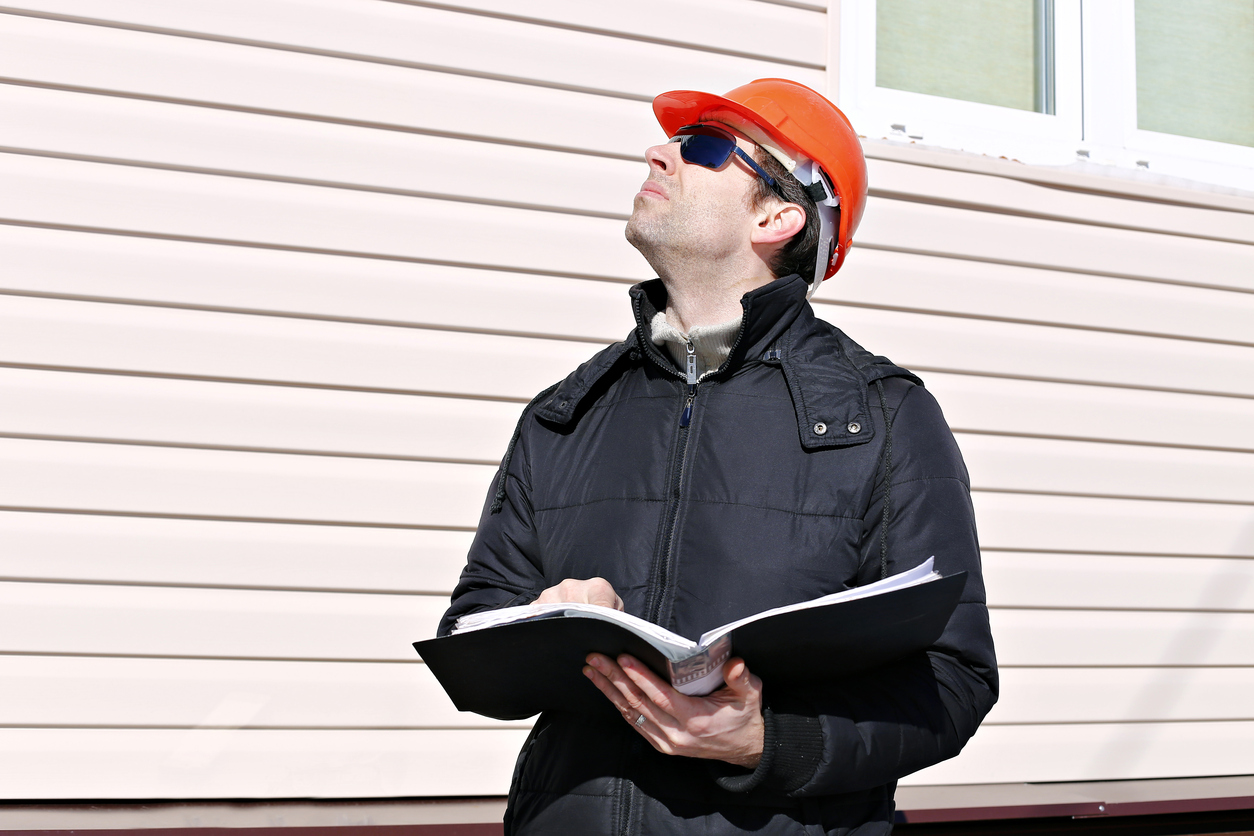
Seeing the thousands of Southern California residents burdened with how they plan on rebuilding their homes after they have been burned to the ground and charred by the region’s wildfires, it kind of makes you think seriously about planning ahead and looking for material siding for your home that is resistant to fire. Some of your options might include:
Insulated Concrete Forms (ICFs)
These polystyrene blocks form your home’s shell by fitting together much like Legos. They are filled with heat and fire-resistant ICF concrete which insulates your walls and locks out not only weather and sound but can also withstand fire for approximately four hours. This gives fire officials time to extinguish the flames and preserve most of your home.
Fiber Cement Siding
Fiber cement siding is an affordable and stylish option. This home siding is made with sand, cement and wood particles and most fiber cement siding comes with a Class A fire rating, meaning it can withstand intense heat for up to 4 hours protecting your home from substantial damage. You can pick from a number of designs and colors for when it comes time to renovate the exterior construction of your home.
Treated Wood Siding
You might be hesitant about this option since the last thing you think wood would be is fire-resistant. However, when your wood slats and siding are treated with the proper fire-retardant chemicals, they are made to actually resist fire. But, keep in mind that the chemicals in treated wood siding don’t last forever and you will have to have your siding re-treated occasionally if you plan on using this type of home exterior siding.
Metal Tile
Metal tiles have fire-resistant barrier materials under them and won’t ignite. They also offer Class A protection, require little maintenance and are light. Typically, this type of siding is steel coated and has a UV-resistant, durable fluoropolymer resin on them that protects against abrasion, reflects the heat of the sun and protects your home against fire damage.
Clay Tile
This type of siding is noncombustible and durable. When using the barrel-shaped clay tiles, you want to ensure you seal the openings, particularly over the eaves to prevent your roof from being penetrated by flying embers.
Masonry
Depending on how thick they are, stucco walls and fire-retardant brick meets and often exceeds one hour fire ratings. They can both be a little costly, however, they can protect your home for decades when they are properly installed and maintained.
When you are deciding on which option to choose for the exterior material of your home, there are various factors to take into consideration. Obviously, your first deciding factor will be the cost; however, you will also want to consider energy efficiency, curb appeal and definitely how fire-resistant your siding option will be. Just remember, not all fires can be prevented and some damage will inevitably occur, therefore, it’s important that you have the proper homeowner’s insurance in place to protect you against fire-related damage costs.